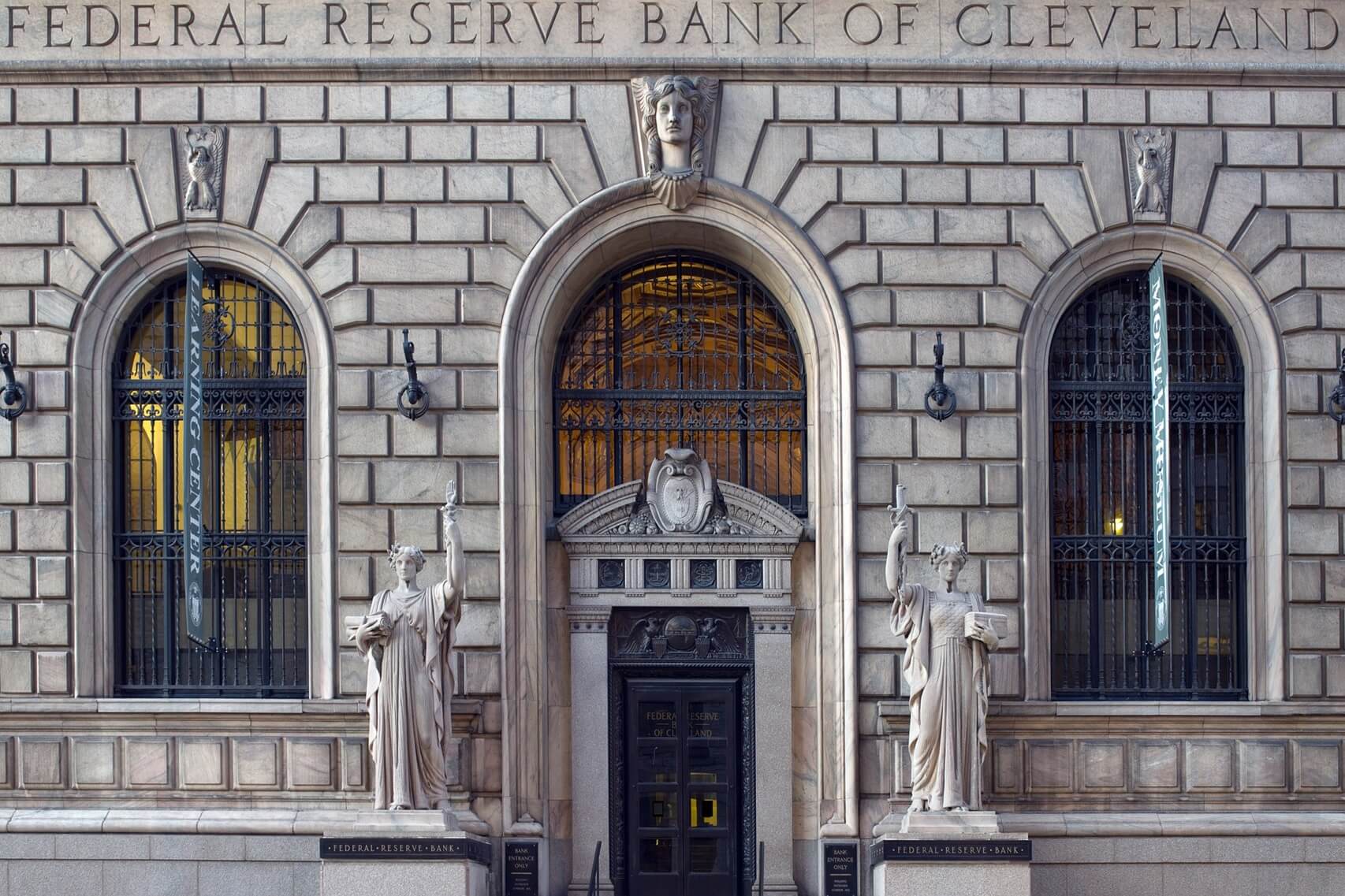Just last month at the Singapore Fintech Festival, the director of the International Monetary Fund (IMF), Christine Lagarde, was vouching for central bank digital currencies (CBDCs). She explained the various benefits CBDCs present such as financial inclusion, security, and privacy.
She also touched on the fact that cryptocurrencies like bitcoin among others are vying to be the currency of a new cashless world. With Bitcoin’s explosive rise in 2017 and its continued user growth and development throughout 2018, it’s becoming clear that cryptocurrency is here to stay.
Bitcoin’s revolutionary blockchain technology and its use as a currency has even captured the interest of Kevin Warsh, a former governor at the US Federal Reserve and a Fed Chairman candidate.
Back in May, Warsh told the New York Times that if he were Chairman, he would explore a blockchain-based national cryptocurrency dubbed “Fedcoin”.
A National Cryptocurrency is a Bad Idea
However, others in the Federal Reserve do not share his cryptocurrency enthusiasm. Over the last 2 years, Fed researchers have been unconvinced by cryptocurrencies and a national cryptocurrency.
Fed researches, Aleksander Berentsen and Fabian Schar wrote that central banks could easily create and issue their own crypto, but they also stated:
However, the key characteristics of cryptocurrencies are a red flag for central banks. That is, no reputable central bank would have an incentive to issue an anonymous virtual currency. The reputational risk would simply be too high
They explained that creating strict KYC (know your customer) and AML (anti-money laundering) regulations is necessary to prevent drug cartels, terrorists, and other illegal entities from abusing its free flowing nature.
However, even when implementing these regulations they said it would be hypocritical to require that kind of oversight from commercial or retail banks if the central bank didn’t practice it.
Are Central Bank Digital Currencies Even Necessary?
Berentsen and Schar noted that centralization would be necessary in a central bank cryptocurrency and therefore it isn’t even a cryptocurrency but rather electronic money. They stated that it would be misleading to call CBDC a cryptocurrency:
Once we remove the decentralized nature of a cryptocurrency, not much is left of it. virtual money that is centralized and issued monopolistically by a central bank is electronic central bank money. It is worthwhile to mention that electronic central bank money could have been offered a long time ago. The technology for issuing virtual money in a centralized way existed long before the invention of the blockchain.
Therefore, Fed officials don’t see the need or desire to issue a national cryptocurrency or other form of electronic money. They could have already done so long before Satoshi invented bitcoin and other cryptocurrencies.
It is the decentralized aspect of cryptocurrencies which makes them so unique and desirable.
For instance, because bitcoin is decentralized it does not require governance from any single entity, it has built-in economic issuance, it’s transparent and neutral, it’s trusted and secure, and it provides an acceptable level of privacy.
The world does not need a central bank cryptocurrency as it already has Bitcoin and a variety of altcoins that are continuously building and improving upon themselves.
They provide something central banks and governments simply can’t, and the Federal Reserve has already realized this.
Do you think governments and central banks will let Bitcoin and other decentralized cryptocurrencies dominate a cashless society? Let us know what you think in the comment section below.

